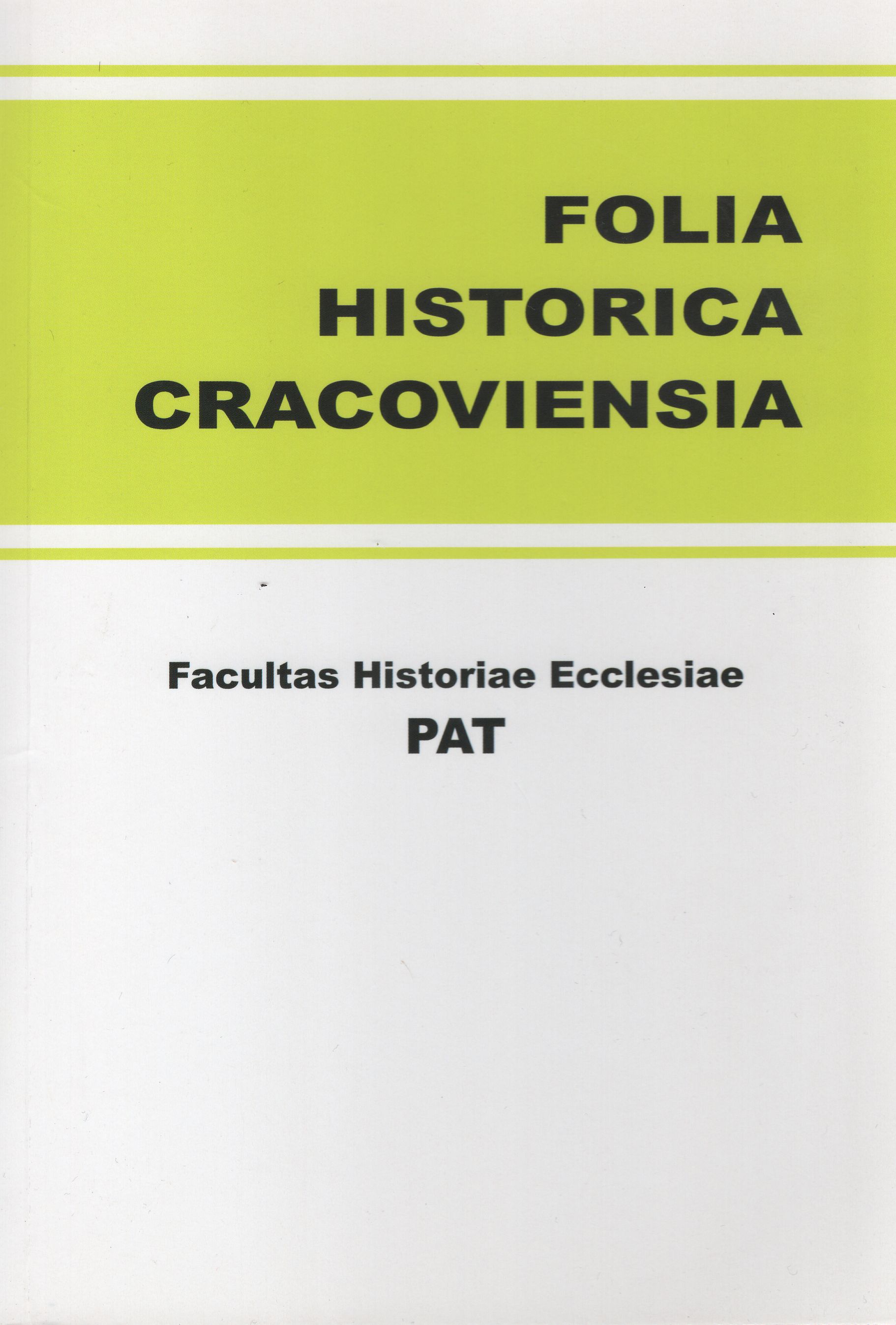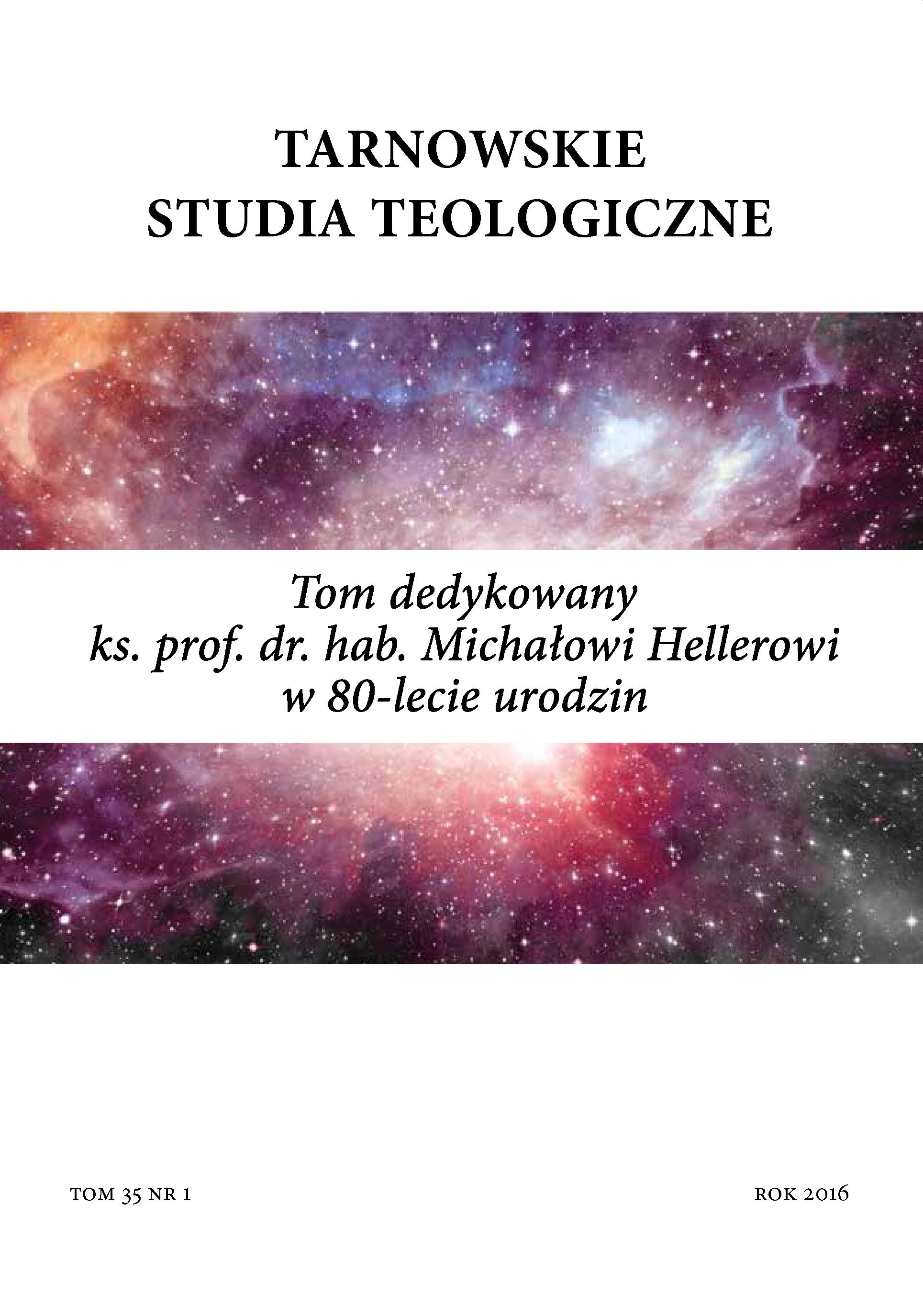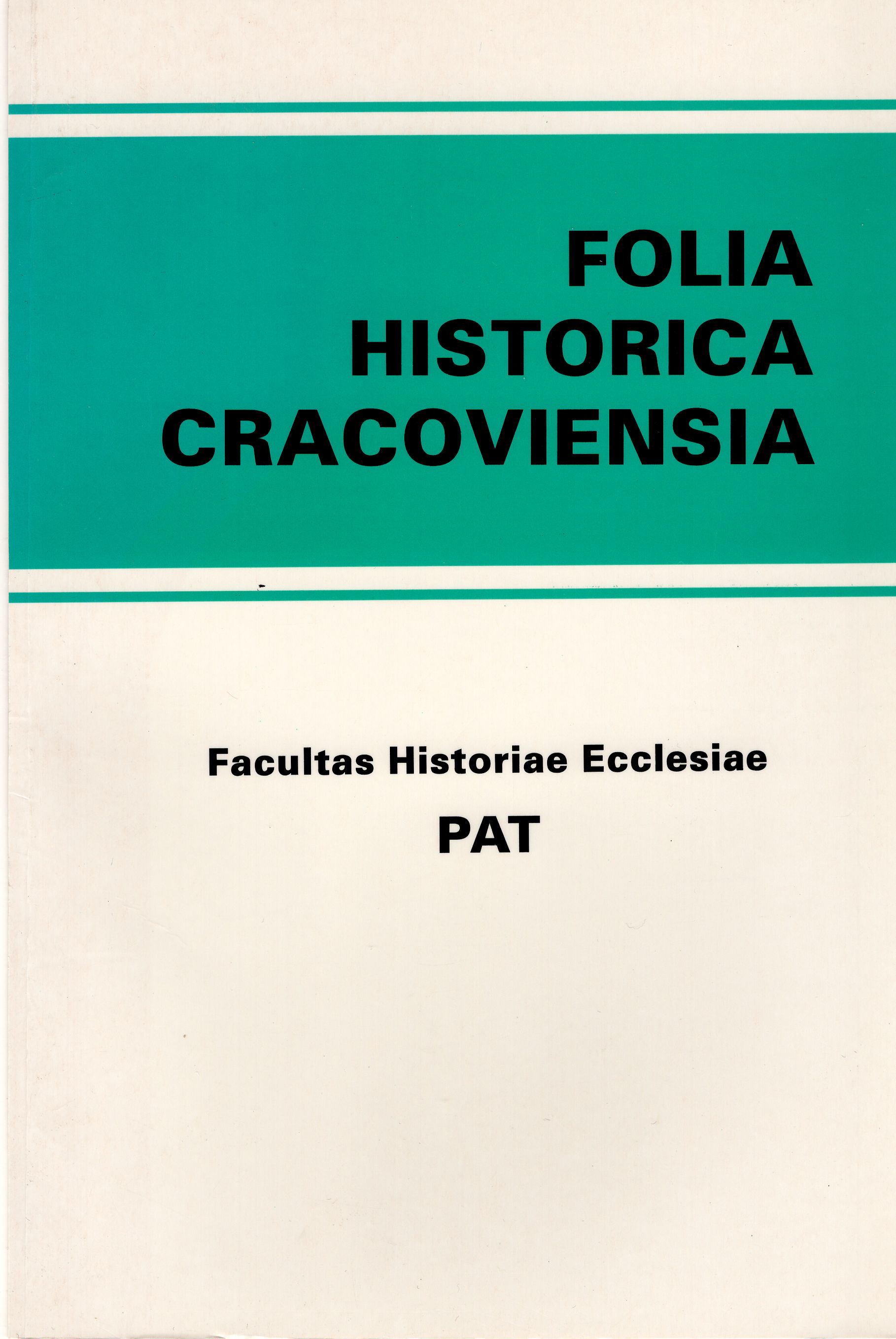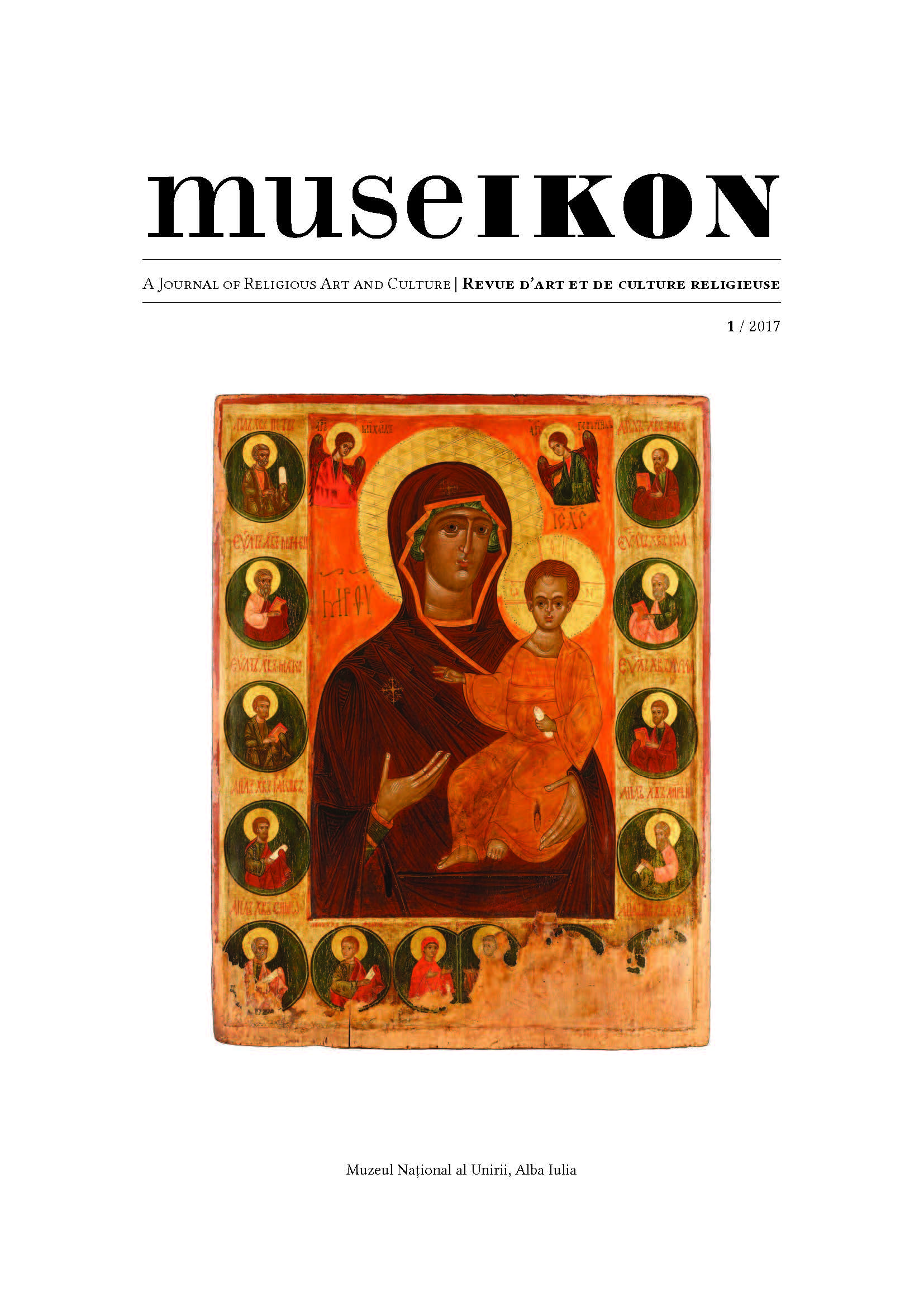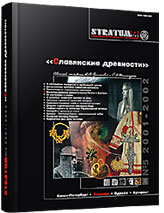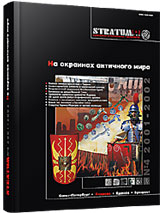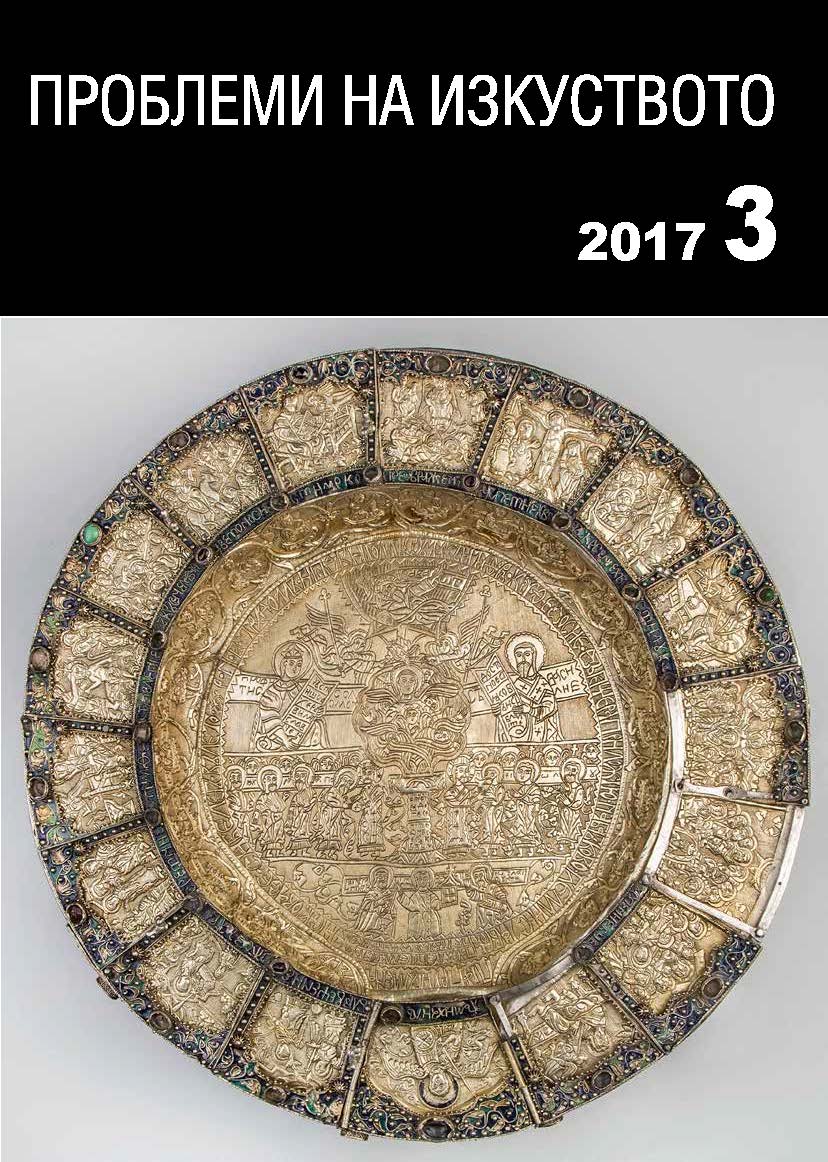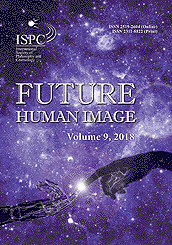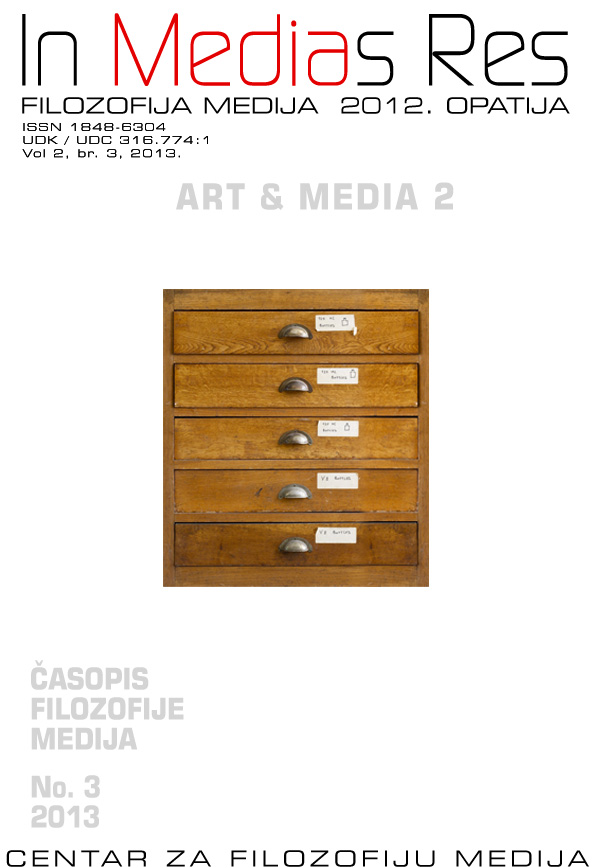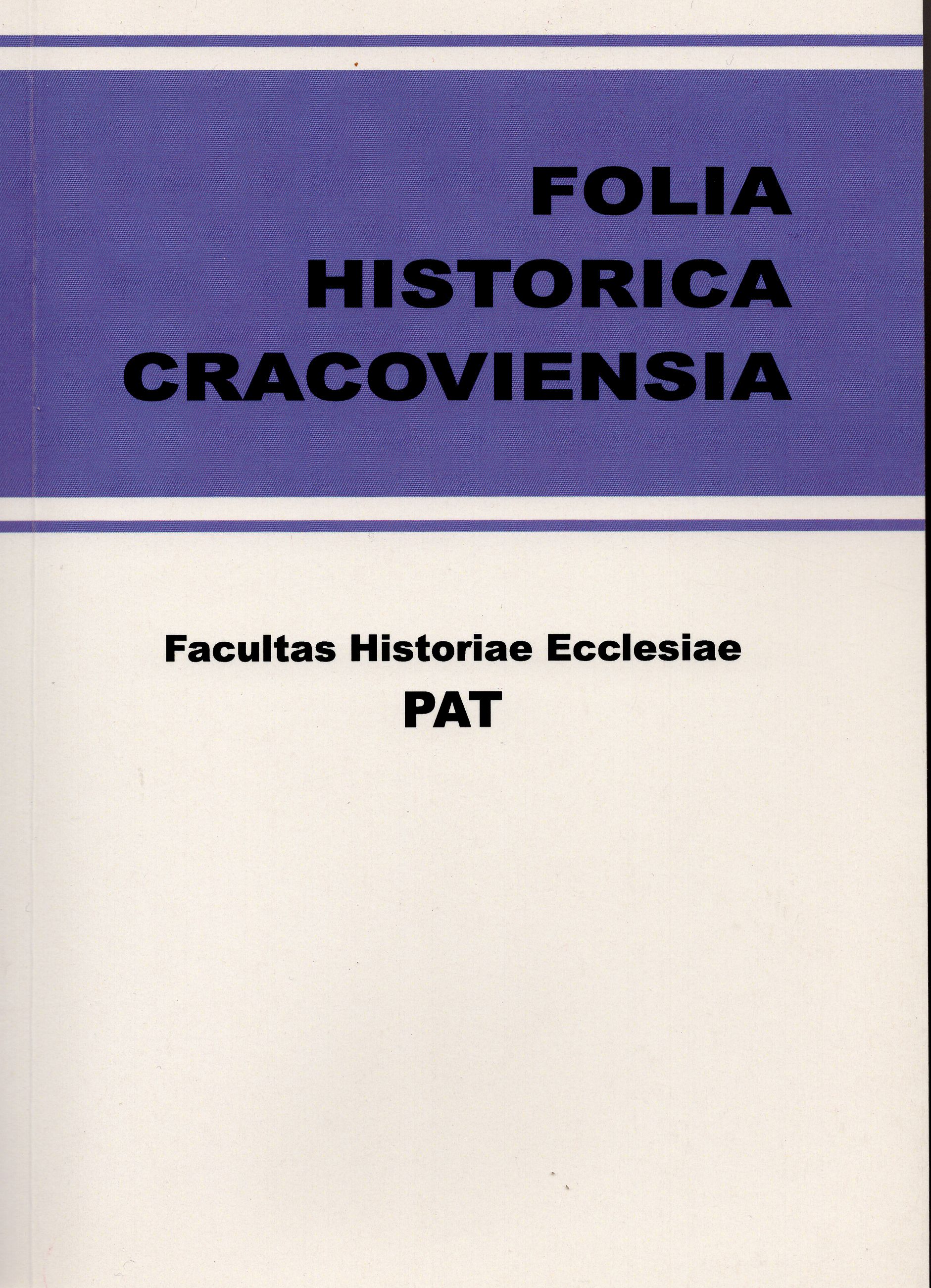
Obrazy o treściach mariologicznych w kaplicy Grobu Matki Boskiej w zespole Kalwarii Zebrzydowskiej. Z badań nad recepcją grafiki w malarstwie polskim XVII w.
The Chapel of Our Lady's Tomb in Brody, complete with valuable interior furnishing, in terms of history and territory belongs to the architectural landscape concept of the Marian- and Passion-themed compound in Kalwaria Zebrzydowska. In the fields of the late-Renaissance choir parapet and the galleries of the chapel there are a series of paintings showing hitherto unspecified Marian themes. The items have never been referred to in literature on Kalwaria or mentioned in guidebooks or maintenance records. The article analyses, in a broad context, the symbolism of 37 Marian scenes presenting Mary and symbolic objects (e.g. a heart, a building, a garden). Kaplica Grobu Matki Boskiej w Brodach z cennym wyposażeniem wnętrzanależy historycznie i terytorialnie do założenia architektoniczno-krajobrazowego zespołu pasyjno-maryjnego Kalwarii Zebrzydowskiej. W kwaterach późnorenesansowego parapetu chóru muzycznego i ganków przyściennych tej kaplicy znajduje się cykl obrazów o dotychczas bliżej nieokreślonej tematyce maryjnej. Obiekty te nie były nigdy wymieniane w literaturze związanej z Kalwarią ani wzmiankowane w publikacjach przewodnikowych czy ewidencji konserwatorskiej. Artykuł w szerokim kontekście analizuje symbolikę 37 scen maryjnych, eksponujących postać Maryi oraz przedmioty o znaczeniu symbolicznym (serce, budowla, ogród).
More...
